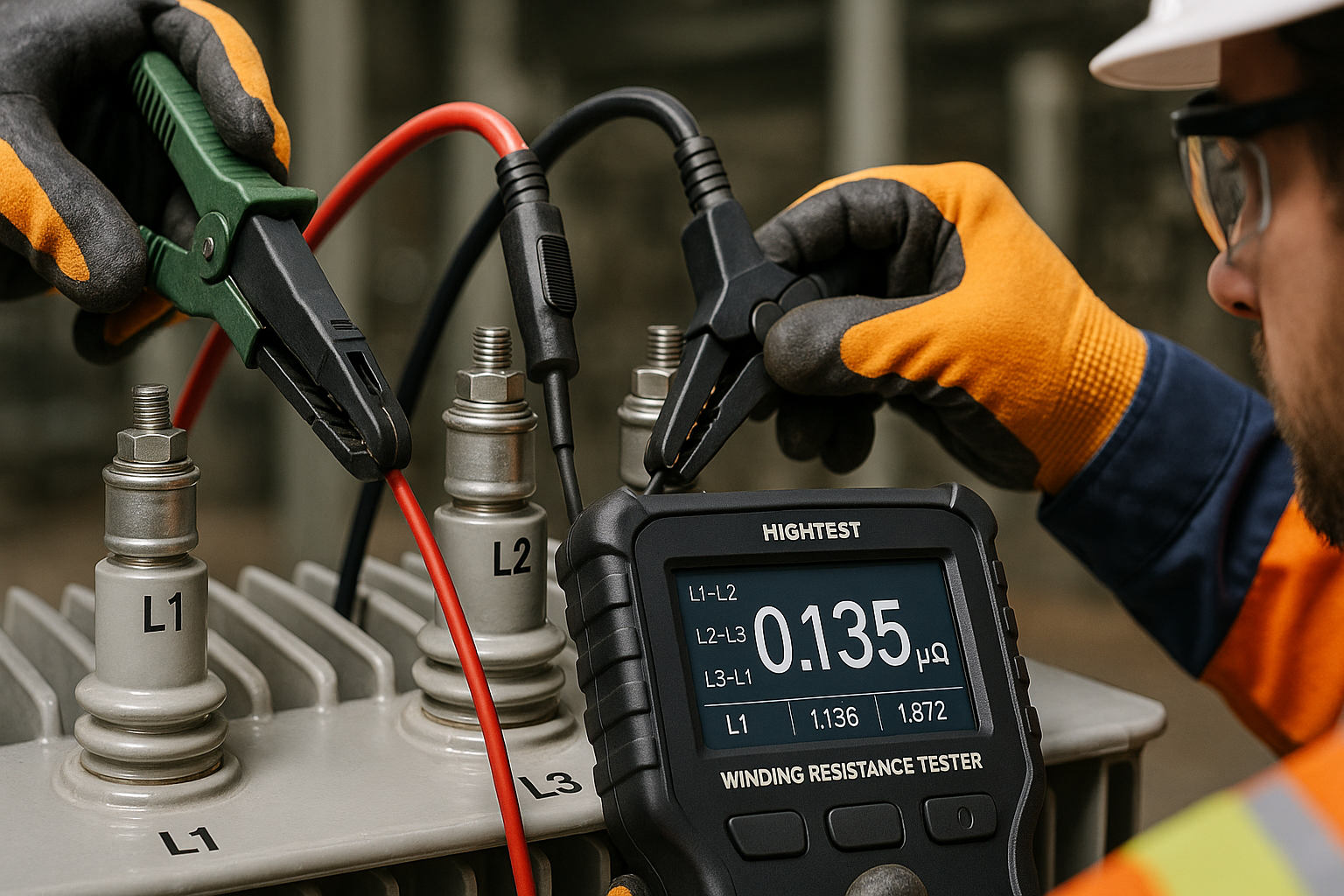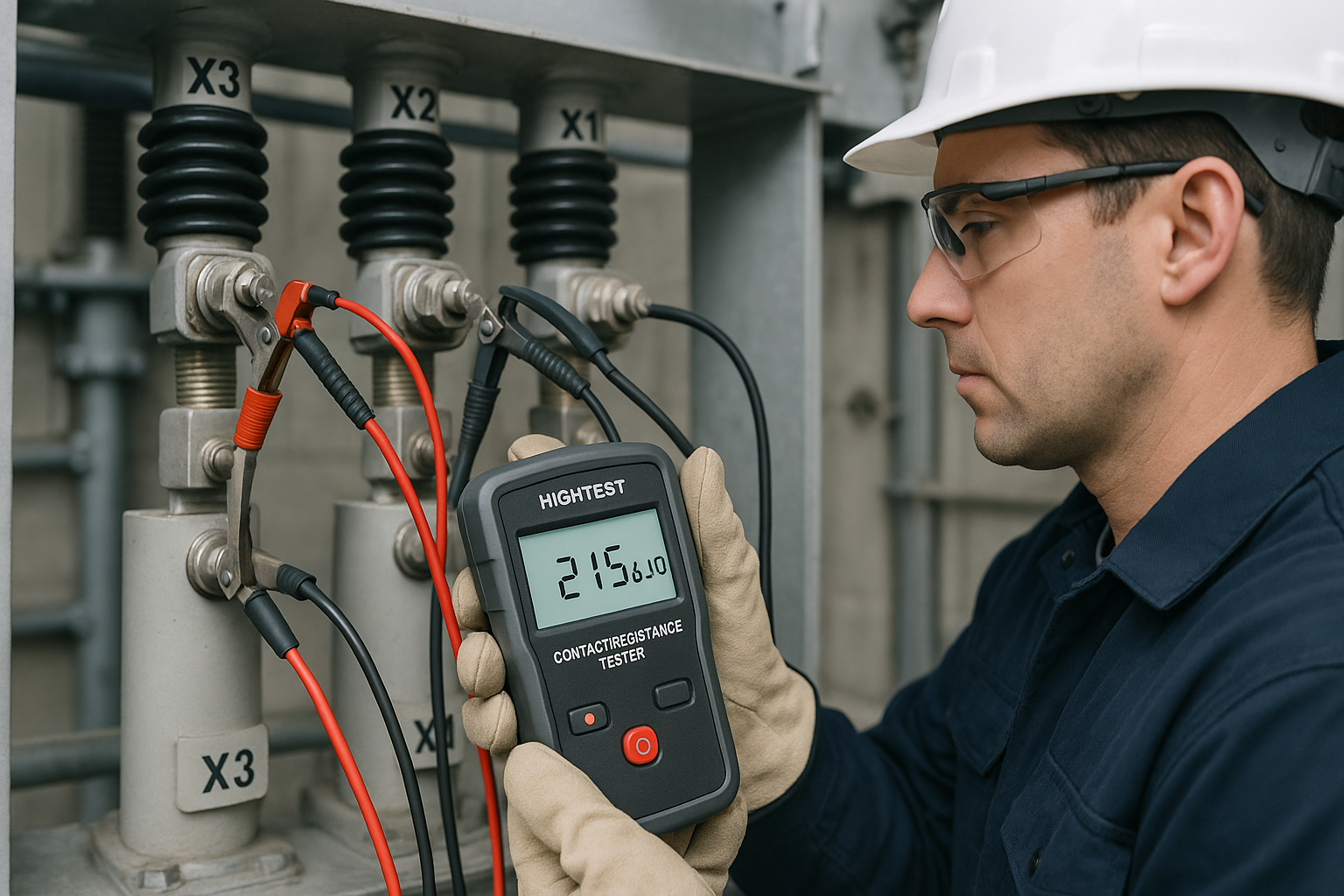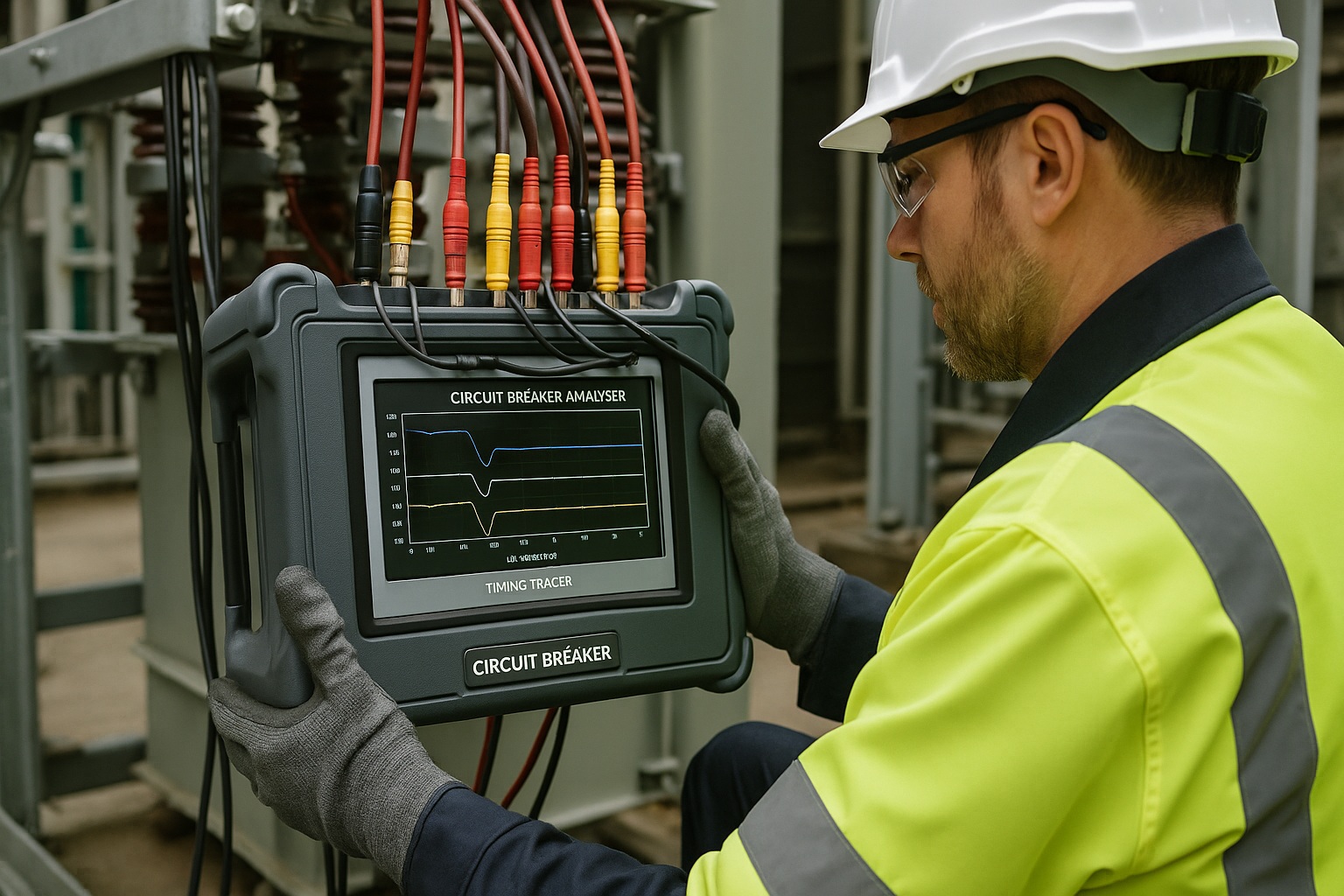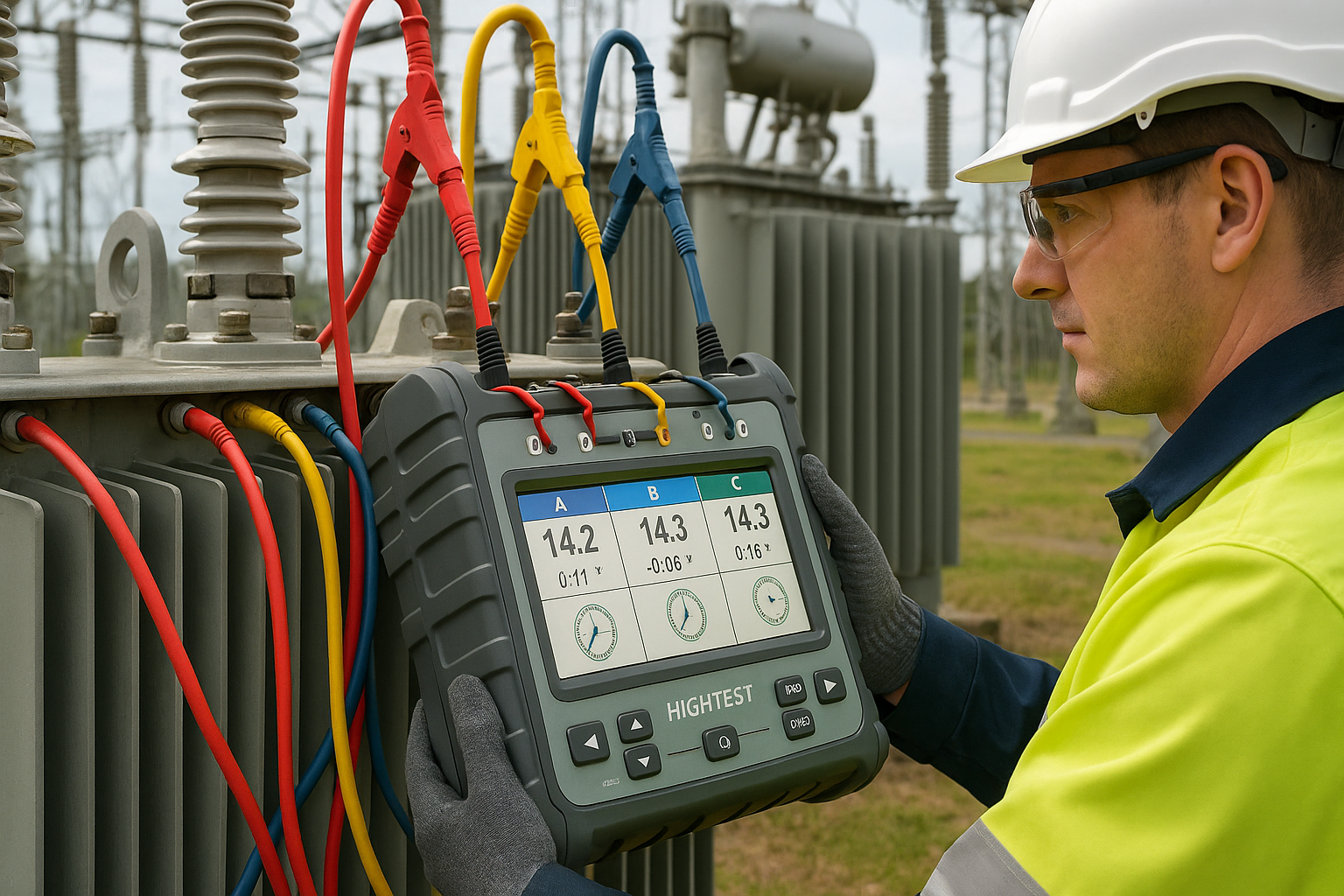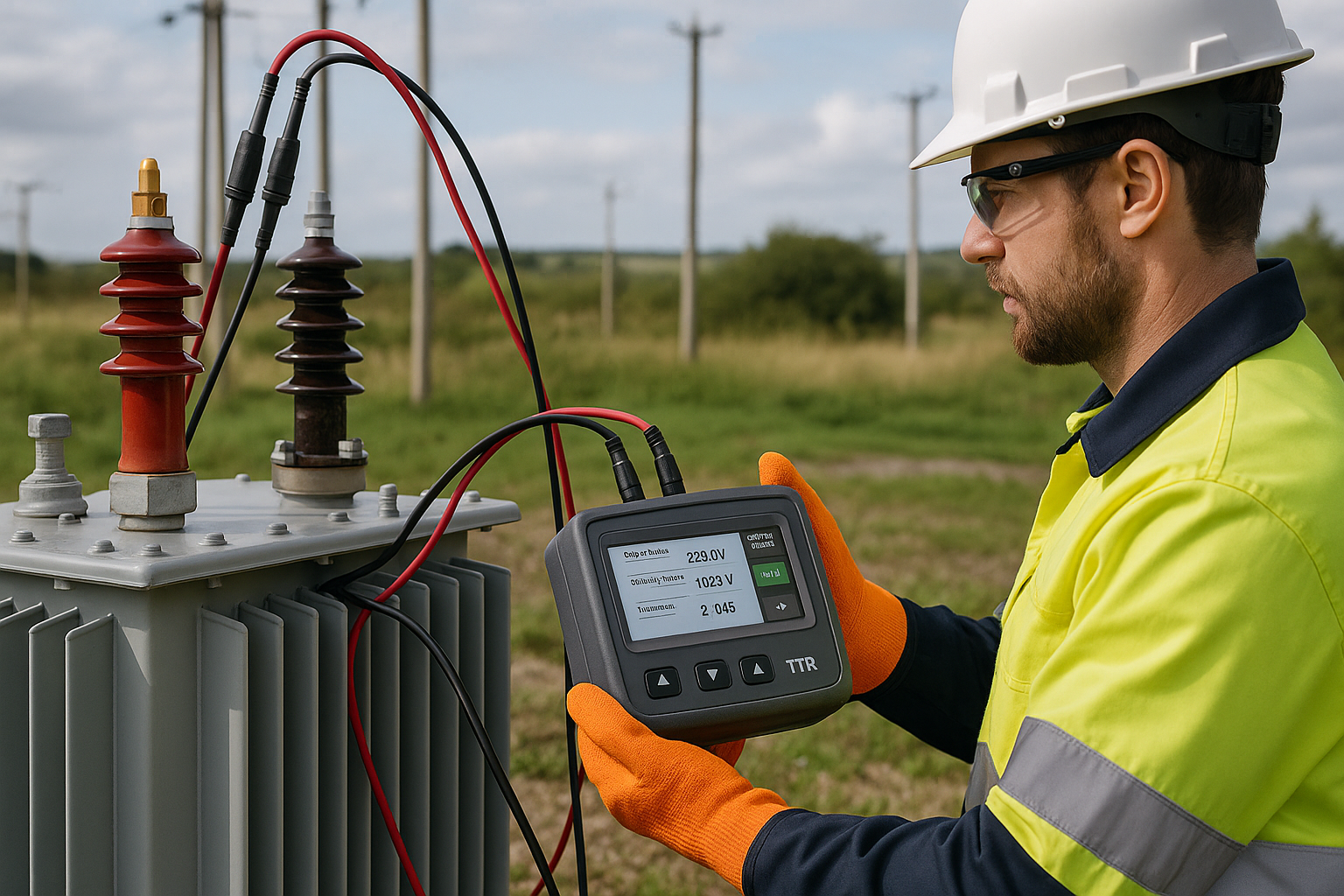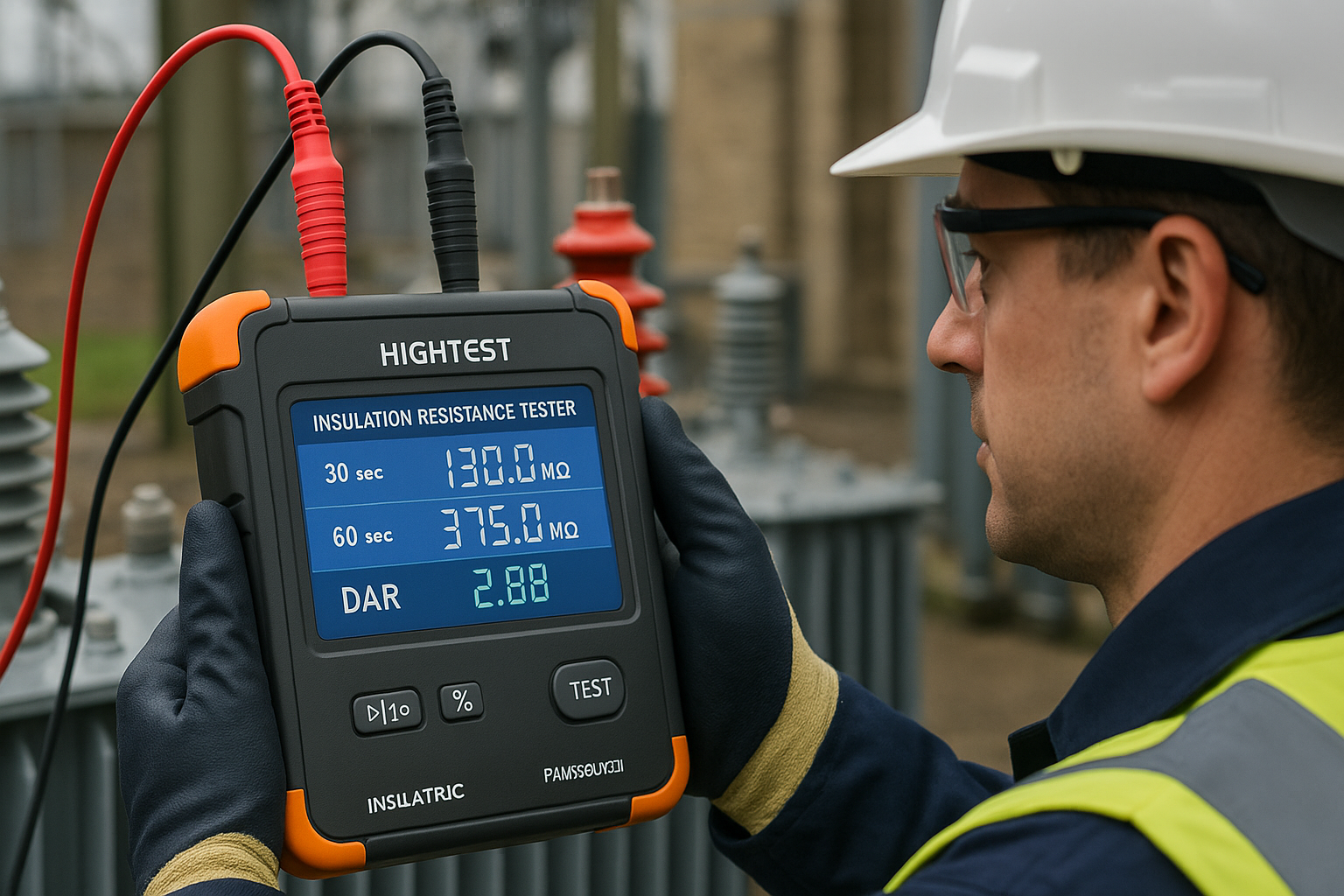Winding resistance testing might appear simple at first glance—inject current, read resistance, log data. But in reality, it offers deep insight into the health of power transformers, motors, and reactors. When performed correctly, it can help engineers detect hidden issues long before they become failures.
A winding resistance tester measures the resistance of transformer windings, helping identify problems such as loose connections, corroded contacts, or shorted turns. These issues often go unnoticed during insulation testing but can severely impact transformer performance and lifespan.
Unlike ratio or insulation tests, winding resistance checks reveal mechanical or thermal degradation. For example, a localized hot spot inside the winding may result in increased resistance—signaling thermal aging or deformation from a previous fault event. Similarly, poor internal connections or failed tap changers often show up as inconsistent resistance values across phases or tap positions.
Modern winding resistance testers speed up the process with automated demagnetization, rapid discharge circuits, and temperature compensation. These features reduce test time, protect operators, and improve measurement consistency—especially when testing large power transformers with high inductance.
From a maintenance perspective, winding resistance measurement is essential during factory acceptance, site commissioning, and routine condition assessment. It’s also commonly performed after fault repairs or mechanical transport, ensuring that windings remain mechanically intact and properly connected.
In short, a winding resistance tester isn’t just checking for a value—it’s looking for a pattern, a deviation, a clue. When interpreted correctly, those micro-ohm readings tell the story of your asset’s health, integrity, and reliability.


